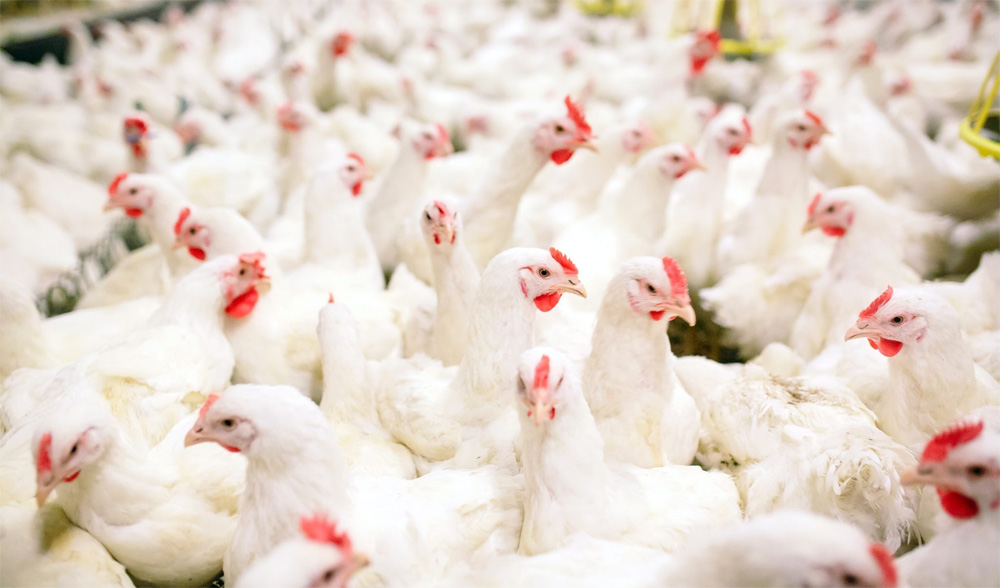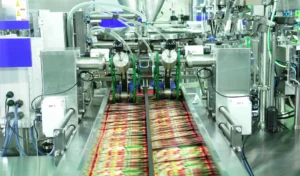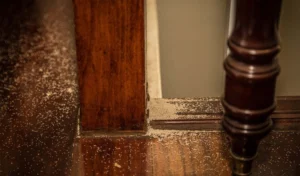Poultry flocks can suffer adverse effects from flies, leading to economic losses due to the spread of diseases, increased mortality, and concerns about food safety. Although house flies and other non-biting flies do not directly harm birds, they can transmit pathogens and bacteria to various body parts of poultry within the flock. Effectively managing fly control requires the implementation of stringent management strategies.
To enhance the defense of poultry operations against insect-borne threats, producers should adopt these techniques as integral components of a well-designed Integrated Pest Management (IPM) program.

Conducting Fly Type and Life Cycle Inspections
In order to implement a successful fly control, it is crucial to have a clear understanding of the fly species that can affect a poultry operation. Two significant fly types that have been identified can inflict considerable harm on a poultry flock: the house fly (Musca domestica Linnaeus) and the stable fly (Stomoxys calcitrans Linnaeus). The house fly is commonly found in and around barns, where it feeds on waste, particularly garbage and animal feces. On the other hand, the stable fly often targets the legs and belly of birds in an attempt to obtain a blood meal.
According to Richard Hack, a pest management consultant, the fly season can vary depending on the prevailing climatic conditions. Flies can pose a year-round challenge in enclosed animal housing, making it crucial for producers to implement a regular fly control. Ideally, this program should be conducted on a weekly basis to effectively target flies in both their adult and egg/larvae stages.
Flies undergo a life cycle consisting of four stages: egg, larva, pupa, and adult. Their lifespan typically ranges from 15 to 30 days, although this duration can be influenced by environmental factors such as temperature. Research indicates that approximately 80% of the insect population is comprised of eggs and larvae, while the remaining 20% consists of adult flies. This phenomenon is often referred to as the Silent Army Rule, highlighting the fact that for every observed adult fly, it is likely that four eggs or larvae are also present.
Management of Manure, Water, and Moisture in the Poultry House
Maintaining proper sanitation is a vital and highly effective measure for fly control. This involves promptly removing manure, feed, litter, broken eggs, and any mortalities, as these serve as breeding grounds for flies. It is essential to ensure that the remaining litter in the poultry house remains dry. Producers should also take steps to minimize water and moisture within the poultry house by managing the height of drinking systems and regularly inspecting water flow rates to prevent any leaks.

Installation of Hanging Fly Traps
For an effective fly control in a poultry house, hanging fly traps can be employed. Hanging fly traps are simple and effective fly catching tools. By hanging them in areas where flies are concentrated, each one can catch up to a few thousand flies per day.
Employ Chemical Methods for Effective Management
Insecticides are an effective approach to reduce the burden of flies. According to Hack, taking a proactive approach can reduce the population of flies in the breeding area. Additionally, when adult fly populations escalate, producers can effectively use insecticides by spraying them after atomizing them with a thermal fogging machine.
Hack also suggests that producers adhere to the following general management tips:
- Use highly effective and low toxicity insecticides
- Utilize monitoring efforts to determine appropriate treatment application
- Use non-chemical control methods including sticky traps for insects and hanging fly traps
- Implement management strategies for untreated refuges to sustain susceptible insect populations
- Simultaneous or sequential application of adulticides and larvicides
- Implement rotation of chemical classes and modes of action
The implementation of fly control brings numerous advantages to poultry operations. By adopting a proactive approach, producers can effectively reduce fly populations and prevent potential issues for their birds.



